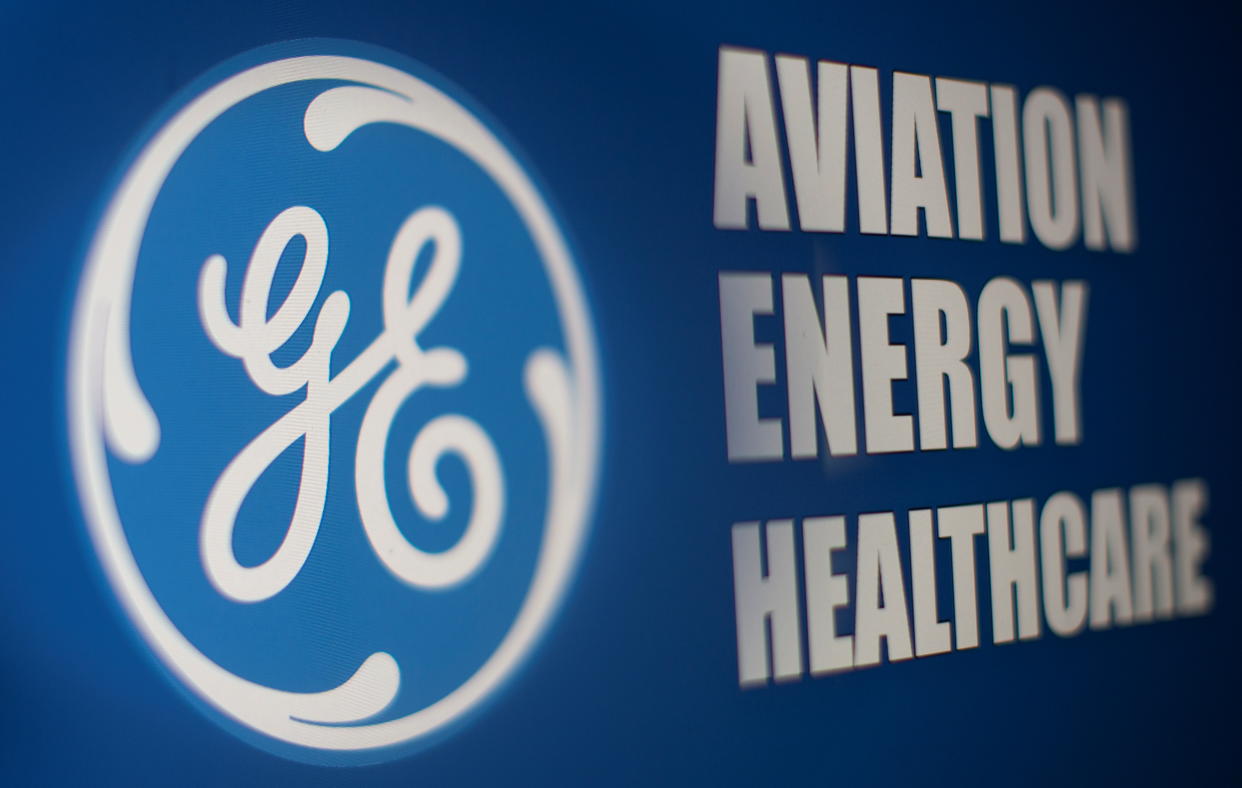GE stock surge shows it's possible to turn around a legacy company
It’s hard to turn a legacy company around. In the case of over 125-year-old GE (GE), some would say near impossible.
Yet the industrial giant is less than a year away from achieving a multiyear turnaround plan that transforms what was once an iconic but sprawling conglomerate into an aerospace-focused company. Its slimming down has Wall Street excited.
Management's "focus on cash flow, cleaning up the balance sheet, selling off assets, [and] paying down debt," is why the stock has recently hit 52-week highs, Argus analyst John Eade told Yahoo Finance.
The stock is up 100% over the past year, and 72% higher since the start of 2023.
Shares rose 6% this past Tuesday after the company “crushed” second-quarter earnings estimates, as noted by another analyst, Morningstar's Joshua Aguilar.
“GE has world class assets, exceptional leadership, and is turning around its businesses,” Aguilar told Yahoo Finance.
The Boston-based industrial raised its full year guidance after posting a beat on the top and bottom line. Profit margin grew 160 basis points in the second quarter.
“In the first half alone, earnings have now surpassed our full-year 2022 results,” GE's chief executive officer Larry Culp said during the company’s earnings call.
It's been nearly five years since Culp took the helm of GE with the purpose of sorting out a multinational conglomerate that had been going through years of turmoil.
“He was saddled with so much debt or obligations…That’s like doing ballet wearing heavy weights around your ankles,” Columbia Business School Professor Kathryn Rudie Harrigan, a specialist in corporate strategy and turnarounds told Yahoo Finance.
Harrigan highlights hundreds of acquisitions over a span of two decades under former CEO Jack Welch and his successor Jeff Immelt, whose tenure lasted 16 years. The conglomerate's portfolio mix at one point or another included lighting, home appliances, plastics, aircraft engines, medical equipment, financial services, water treatment, and even television stations.
"They grew too large under their previous management teams," said Argus' Eade. "Their businesses didn't offer a lot of synergies to their other businesses."
"They were not focused very closely in any one direction. Toward the end, I believe they overpaid for some assets, and that stretched their balance sheet. And then they ran into regulatory issues as well related to the financial crisis. So they had problems coming from a number of angles," he added.
In June 2018, GE was dropped from the Dow Jones Industrial Average (^DJI), after more than 100 years on the elite index. Shares that year had fallen more than 35% after sinking 47% in 2017.
In October 2018, Culp was appointed chairman and chief executive officer of GE, following veteran John Flannery's CEO tenure of just 14 months.
Culp was "an outside CEO with an objective view of what to do with GE’s portfolio," said Morningstar’s Aguilar.
Through restructuring and asset sales, including the sale of its historic lighting business, GE has reduced debt by more than $100 billion since 2018.

In November 2021, Culp announced a plan long speculated about on Wall Street, to split GE into three different companies, focused on aviation, healthcare, and energy.
GE HealthCare was spun off and began trading on the Nasdaq in January 2023. Its renewable energy and power unit, rebranded GE Vernova, is expected to spin off in the first quarter of 2024.
Once the split occurs, GE will be focused on its aviation business, called GE Aerospace. In the company's latest quarter, aerospace revenue rose 28% and orders increased 37% while profit jumped by almost 30% year-over-year.

Once the restructure is complete, a new chapter will be written in business school case studies.
“He [Culp] has just shown them that by minding your P's and Q's and staying close to your knitting, it is actually possible to turn a big old company like GE around and show the world that this company still has a lot of oink in the pig,” said Professor Harrigan.
The stock has 13 Buy ratings, 9 Hold and zero Sell. In 2021 the company did an 8 for 1 reverse stock split. Argus's Eade believes shares have room to grow and recently raised his price target to $130. Yet other analysts believe the turnaround is are already backed in.
“From a stock perspective, the market recognizes the story and is already mostly giving GE full credit for the benefits,” said Morningstar's Aguilar, who turned his Buy rating to a Hold earlier this year, with $117 price target.
“Some of the bears moved on as the story simplified," he added.
Ines Ferre is a senior business reporter for Yahoo Finance. Follow her on Twitter at @ines_ferre.
Click here for the latest stock market news and in-depth analysis, including events that move stocks
Read the latest financial and business news from Yahoo Finance
